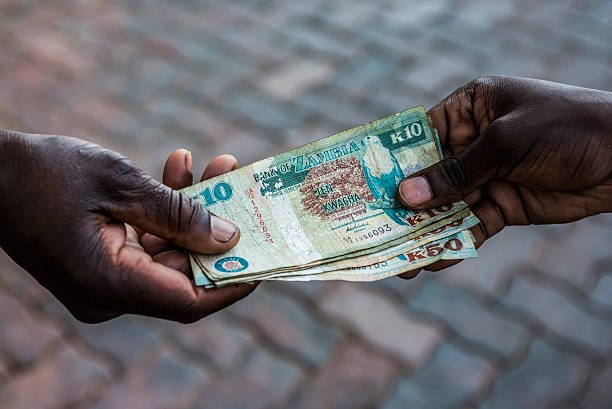• Government connected 56,341 rural areas to the national electricity grid as at December 2022.
• This is against the target of 39,992.
• Over K750 million has been allocated towards 2023 rural electrification programmes from 2022 allocation of K362 million.
Zambia’s demand for electricity has been rising due to robust Gross Domestic Product (GDP) growth for the past years, particularly in the mining, manufacturing and agriculture sectors.
Energy Regulation Board (ERB) projects the demand to increase by 95% between 2020 and 2040 and will be mainly driven by domestic and bulk supply.
Most rural communities in Zambia are suffering from colossal market failures as the national grids fall short of their demand for electricity.
Despite abundant natural resources and the high electricity generation potential, and Zambia’s installed Electricity Generation Capacity of 3,328.4 Megawatts, access to electricity in rural areas is estimated at only 8% against the targeted 51%.
Rural electrification can be defined as the process of bringing electrical power to rural and remote areas.
Non-grid sources such as solar home systems, rechargeable batteries, mini-grids, and diesel generators form an important part of the rural electricity mix.
The low rural electrification rate has been attributed to erratic funding to the Rural Electrification Authority (REA), an institution mandated to provide electricity infrastructure to all rural areas.
REA’s aim is to increase the electrification rate to 51% by 2030, and thereby enhance living standards and productivity, while improving quality of life for all Zambians.
In his national address on the progress made in the application of national values and principles, President Hakainde Hichilema disclosed that government connected a total of 56,341 rural areas to the national electricity grid as at December 2022, against the target of 39,992.
“We have allocated over K750 million towards 2023 rural electrification programmes in the national budget from the 2022 allocation of K362 million , while K156 million has been set aside from the Constituency Development Fund (CDF), to expedite rural electrification,” President Hichilema stated.
Meanwhile, Energy Expert Dr. Johnstone Chikwanda says this is an unprecedented budget allocation because government understands how critical it is to make good progress on electrification mandate.
“I hope that Rural Electrification Authority will utilize the funds for the intended purposes,” he stated.
On the other hand, REA is optimistic that it will attain 51 percent universal access to electricity for all rural areas by 2030 in view of the increased budgetary allocation in this year’s budget.
Speaking in an interview with Money FM News, Authority Corporate Affairs Manager Justine Mukosa said the institution was not receiving a budget allocation for grid projects since 2006 and this has led to a backlog of projects.
Mr. Mukosa however noted that the Authority has had its budget doubled after 2021 and this year’s allocation is close to the US$50 million prescribed under the Rural Electrification Master Plan, which has normalized operations and will accelerate rural electricity connections so as to reach the 51% target.
“What we were receiving was not anywhere near the US$50 million of the prescribed annual investment cost under the Rural Electrification Master Plan for us to undertake grid projects in each particular year.”
“However, our budget has doubled after 2021 and this year’s allocation is close to the US$50 million prescribed under the Rural Electrification Master Plan, which has normalized operations and will enable us accelerate rural electricity connections to reach the 51% target,” Mr. Mukosa explained.
REA plans to electrify about 15,195 households in 2023, representing 10% cumulative increment on the access rate, putting the firm’s direction towards its 2026 target.
And to supplement government efforts of accelerating electrification of rural areas, A French solar energy firm is set to electrify over 5, 000 households in rural communities of Zambia by 2024.
Generale Du Solaire Director for Africa and Middle East, Alexis Rehbinder however hopes that Energy Regulation Board and Rural Electrification Authority will expedite the issuance of permits to enable the firm commence operations by the end of 2023.
Sustainable Development Goal (SDG) number 7 calls for universal access to clean and affordable energy for all by 2030 and rural electrification has always been on top of Government’s policy over the past decades.
Government strongly believes that provision of electric services will yield more opportunities for improved quality of life, greater access to basic services and better infrastructure for rural development.







